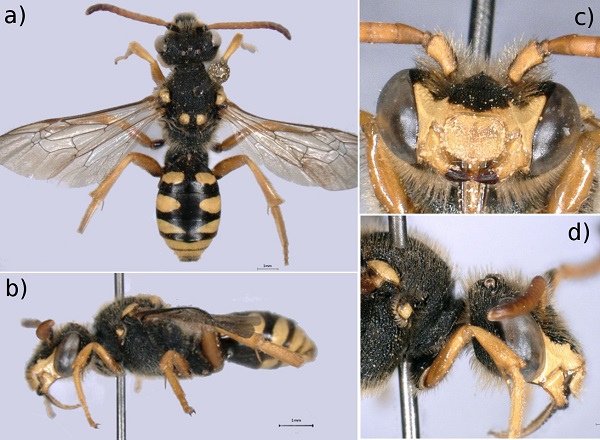 Credit: MNHNL
Credit: MNHNL
The National Museum of Natural History (MNHNL) announced today, on World Bee Day 2021, that new findings by its researchers have increased the number of recorded wild bee species in Luxembourg to 346.
Museums and other institutions curating natural history collections are fundamental entities to many scientific disciplines, as they house data and reference material for varied research projects. As such, biological specimens preserved in natural history collections represent accessible physical records of the living world's history. They provide useful information regarding the presence and distribution of different taxonomic groups through space and time. Despite the importance of biological museum specimens, their potential to answer scientific questions, pertinent to the necessities of our current historical context, is often under-explored.
The currently-known wild bee fauna of Luxembourg comprises 341 registered species distributed amongst 38 different genera. However, specimens stored in the archives of local natural history collections represent an untapped resource to update taxonomic lists, including potentially overlooked findings relevant to the development of national conservation strategies.
Fernanda Herrera Mesías and Alexander M. Weigand from the MNHNL's zoology department re-investigated the museum's wild bee collection by using morphotaxonomy and DNA barcoding. The collection revision led to the discovery of four species so far not described for the country: Andrena lagopus (Latreille, 1809), Nomada furva (Panzer, 1798), Hoplitis papaveris (Latreille, 1799) and Sphecodes majalis (Pérez, 1903). Additionally, the presence of Nomada sexfasciata (Panzer, 1799), which inexplicably had been omitted by the most current species list, can be re-confirmed.
Altogether, the researchers' findings increase the number of recorded wild bee species in Luxembourg to 346. The museum noted that the results also highlight the crucial role of natural history collections as repositories of our knowledge of the natural world.








